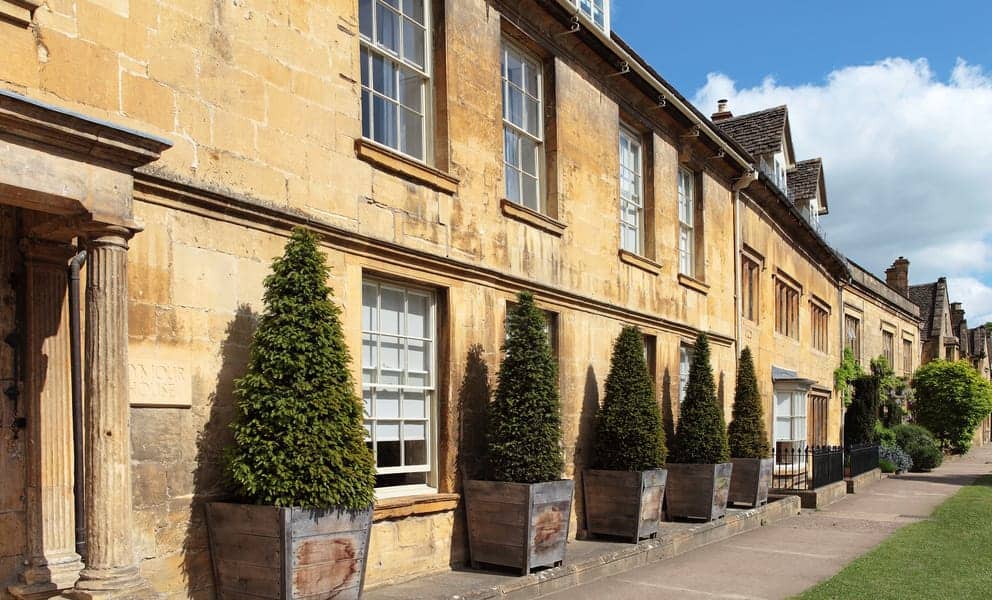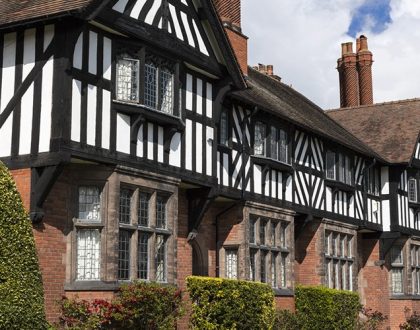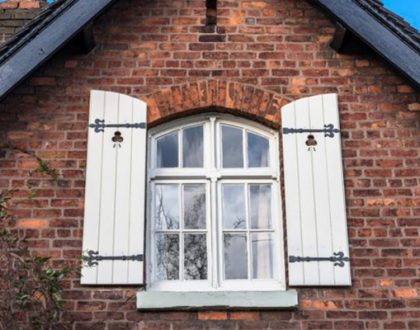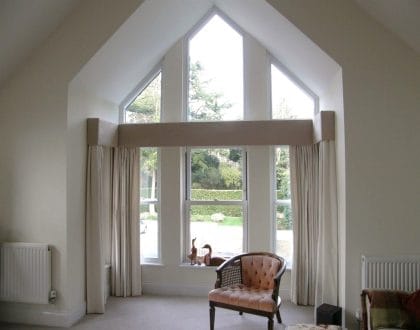Listed Building Windows: Everything You Need to Know

Comprehensive Guide to Listed Building Windows
Owning a period property is the dream for many. But being in possession of a piece of history can come with a few headaches. One of these is the windows. They play a key role in terms of appearance and function. But at the same time, they’re protected from replacement and some types of renovation.
Whatever your questions about this important fixture, we’re here to provide the answers. Read on for our complete guide to listed building windows, including their importance, the protections that apply to them, and secondary glazing for heritage properties.
The importance of windows for your listed building
Like windows on any property, listed building windows contribute to your building in a number of ways…
Thermal insulation
First, and perhaps most importantly, is how they retain heat. Windows are a part of your listed building’s thermal envelope, along with the walls, floor, roof and doors. In short, they need to keep heat inside through winter and outside in summer.
Failure to do so can result in extortionate heating bills, as warmth escapes through the windows. It can also lead to stiflingly hot rooms in the summer, with your listed building feeling like a greenhouse.
Condensation
Thermally inefficient windows often fall victim to condensation. That’s because they become cold both internally and externally, which draws moisture from humid air on the inside. The result is misty windows, at the very least. But at the worst, condensation can leave water pooling on windowsills, leading to rot and decay.
Sound proofing
While listed buildings are typically situated in the more peaceful parts of the country, not all of them benefit from silent surroundings. Some historically significant buildings are situated in the hustle and bustle of town and city centres, while others will have to contend with the noise of natural surroundings.
Whatever the case, windows are responsible for keeping that sound out. While birds and rustling trees might sound idyllic, it’s not something you want to hear throughout the night.
Security
Security is paramount for any listed building. Because of their prestigious reputation, many listed properties become a target for burglars. Their first port of call is usually the door. But once that’s failed, they’ll head to the windows to check for an opening or simply to break through.
Listed building windows need to be robust and secure to prevent entry – or at the very least make it difficult, so thieves are more likely to be detected or deterred.
Appearance
Let’s not forget about their appearance. Windows are a huge contributor to the overall aesthetics of any listed building. Whether it’s sash windows on a stately home, leaded light windows on an old cottage or breath-taking stained-glass windows on churches, they’re part of the unique appearance which sets them apart from other properties.
Listed building protection
As many listed building owners or managers will know, the buildings themselves are protected from any demolition, partial demolition, alteration or extension that could affect the character of the building.
This protection applies to the entire building – and in many cases, the area around it. That includes all internal and external features, such as chimneys, roofs, external walls, internal walls, floors, ceilings, external doors, and – you guessed it – windows.
As a result, owners have to apply for listed building consent for almost all changes to the building – from roof replacements and re-rendering walls to the removal of internal features, like fireplaces or cupboards.
Whatever the work, your application needs to show how you intend to minimise the impact on the building’s character, by using the same materials, style and techniques wherever possible.
Altering your windows
Needless to say, the protection detailed above has a significant impact on listed building windows. Put simply, windows cannot be replaced without listed building consent. You might even need consent to paint the outside of your windows if you intend to change their colour. White windows can be repainted white, for instance, but changing them to brown or green would drastically alter the character of the building.
On top of that, the vast majority of applications to have listed building windows replaced will be rejected anyway. Applications are more likely to be accepted when the changes will actually help preserve the building. As an example, a new roof might have a small visual impact on a listed building, but it will provide protection from rain damage, which keeps it in a better condition long-term. Because there are ways to improve your windows without replacement (more on that in the following section), it’s unlikely to be approved by local authorities.
Secondary glazing for listed buildings
If the windows on your listed building are not up to scratch, there is a way to improve their performance without replacing them. Namely, secondary glazing for listed buildings. This method is recommended by Historic England to improve efficiency with no loss of historic fabric – when carefully designed and installed, of course.
In simple terms, secondary glazing for listed buildings comprises a fully sealed secondary panel which is fitted discreetly to the internal recess of your existing windows. It has a range of benefits for listed buildings, including:
- Thermal efficiency – The secondary panel allows single-glazed windows to work in the same way as double glazing, with two panes of glass and an air gap in between, which can reduce heat loss by over 60%.
- Acoustic insulation – Secondary glazing can be installed with a slightly larger gap than double glazing. This non-uniform structure actually makes it harder for noise to pass through. With greater dissipation of sound waves, you get a more peaceful environment inside your listed building.
- Condensation – Sealing off your primary window prevents condensation from forming on its surface. Meanwhile, improved thermal efficiency means the surface of your secondary panel won’t get as cold, so there’s less chance of moisture being drawn to it.
- Security – Secondary glazing can even make listed buildings more secure, with a robust secondary panel that’s much harder to break through than old single-glazed windows alone.
Try secondary glazing for your listed building
At Clearview, we’ve designed and supplied secondary glazing systems to landmark listed and heritage properties across the UK. Original Edwardian, Victorian and Georgian windows have already lasted hundreds of years – and with our help, they can continue to last for many more with impressive efficiency.
Get a quote online or contact our team to find out more about secondary glazing for listed buildings.



